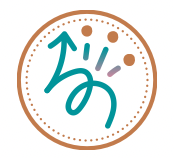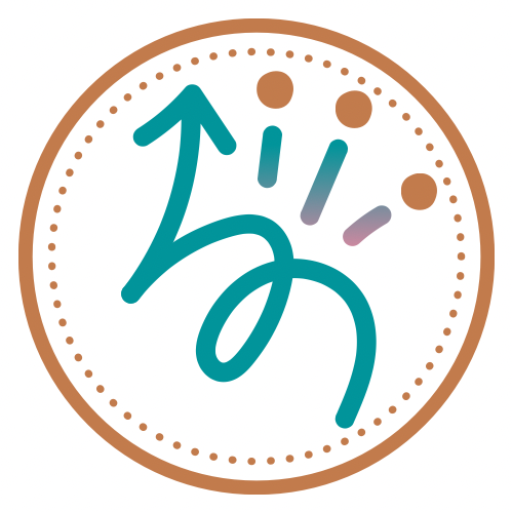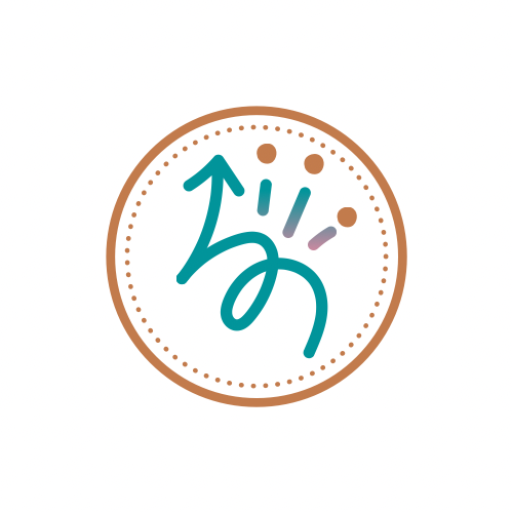Top 15 DIY Stroke Recovery Aids
Improve independence in daily living skills with these 15 DIY stroke recovery aids. These adaptive tools can assist individuals in gaining independence in self care skills. Such skills include dressing, feeding, bathing, and functional mobility as well as participate in hobbies and games with family and friends. So come along, grab a roll of duct tape and let’s get started.

This content is not intended as a substitute for medical advice, diagnosis, or treatment. Always seek the advice of your physician, therapist, or other medical professional regarding a medical condition or treatment. This content is for informational purposes only. See full disclosure here.
All links in this post are non-affiliate links and are provided for your convenience.
Hello Friends
I’m excited to share this post with you today- a round up of DIY daily living aids during stroke recovery. In this resource, you will find a collection of do-it-yourself projects here on the blog that can be completed at home. In addition, each project includes a link that you can refer to which includes step-by-step instructions along with picture tutorials. Furthermore, all of the projects use upcycled materials as much as possible and you may already have a lot of the items needed already at your home. Make sure to bookmark this post as it can be a great place to refer back to as needed so that you can easily find it again.
A Special Note Regarding Use of Assistive Technology During Stroke Recovery
15 DIY Adaptive Aids for Stroke Recovery
Dressing Aids
#1 Button Hook and Zipper Pull
Button hooks and zipper pulls are a helpful adaptive dressing aid to help make manipulating buttons and zippers with one hand easier. Made with only 4 household items. This type of assistive tech can provide users with enhanced independence in dressing after experiencing a stroke.
Button hooks can be used to button as well as unbuttoned. However, the zipper pull end will only zipper the zipper up and down. The zipper pull does not function as a zipper aligner. If you are in need of a device that makes engaging the zipper easier, check out the next tutorial.
#2 MagZip Magnetic Inclusive Replacement Zipper
The MagZip is an inclusive magnetic replacement zipper that takes away the need to align and manipulate the zippers. Instead just move the zippers close together and let the magnetic element do the rest. These specialized magnetic zippers are great for one handed use. This tutorial guides you through replacing an existing zipper on a jacket with the inclusive MagZip magnetic zipper.
#3 Adaptive Clothing Using Velcro Closures
Using Velcro fasteners instead of buttons can help individuals recovering from a stroke gain independence in dressing. Sometimes buttoning can be cumbersome, time consuming, and/or difficult. Learn how to easily adapt shirts by adjusting the button placement and adding Velcro in place of the buttons with this helpful tutorial.
#4 Felted Thumbless Mittens Adaptive Winterwear
#5 Dressing Stick
A dressing stick is an assistive device that can help make putting on and taking off clothing easier for people who have limited upper body range of motion. This type of assistive technology aims to reduce the need to bend and reach while getting dressed. The dressing stick can be used with clothing garments such as jackets, pants, shirts, and undergarments. It can also remove socks and pull zippers up and down as well as pull shoes on using the screw hook end.
Bathing Aids

#6 Long Handled Sponge
A long handled sponge is a type of bathing aid that provides assistance to individuals who have limited arm range of motion (reach) and hip flexion (bend) bath hard to reach areas such as the lower legs, feet, and back. A second long handled sponge can be used to clean surfaces such as countertops and spots off the floor. This is a quick tutorial that you can have done in no time.
Functional Mobility Aids
#7 Bed Ladder
Bed ladders are designed to help users sit up and lay down in bed with more ease and independence. Bed mobility is the ability to move from side to side in bed along with lying back and sit up. is an important part of our daily lives. With this assistive bed mobility device, users can improve their independence in bed mobility.
#8 Leg Lifter
A leg lifter is an assistive daily living device that helps individuals move the leg up and down from a raised surface such as a couch or bed. With this device, users will be able to lift the leg on and off furniture with ease and independence. This quick and simple to make daily living mobility aid can be made quickly with items often found around the home.
Grasp and Reach Daily Living Aids
#9 Built Up Handles
Ergonomic built up handles provide users with a wide gripping surface on feeding, writing, and other daily living utensils. This type of assistive technology can be added to a variety of everyday objects. These include eating and writing utensils, toothbrushes, hair brushes, and even crochet hooks. Built up handles can make everyday tasks easier and more comfortable while in stroke recovery care.
#10 Long Handled Utensils
Long handled utensils help users extend their reach while performing various self care tasks. Such tasks include as while eating, combing hair, brushing teeth and even while participating in hobbies such as painting. This adaptive daily living aid can provide assistance to those with limited upper body range of motion to perform tasks with improved independence.
#11 Universal Cuff
Office Aids
#12 Self Opening Loop Scissors
#13 Built Up Foam Pencil Grip
Adaptive Hobbies
#14 Adaptive Game Pieces
As a therapeutic exercise, use these adaptive game pieces to work on finger or thumb extension while playing a game such as checkers with friends and family. These adaptive game pieces feature tape loops attached to wide-base game pieces so that a finger or thumb can be placed through the loop. Use as a therapeutic tool and continue to work toward using the three-prong grasp or pincer grasp to pick small items.
#15 Adaptive Game Card Holders
That’s it for today! If you make any of these stroke recovery DIY projects, let me know in the comments below. I’d love to hear from you! Have a fantastic day! Thanks for stopping by! I’m happy you are here.
Don’t forget to sign up for the newsletter below and we’ll chat soon.
Have you signed up for the monthly DIY newsletter?
You can also find me on Pinterest.
Other Projects You Might Like:




















